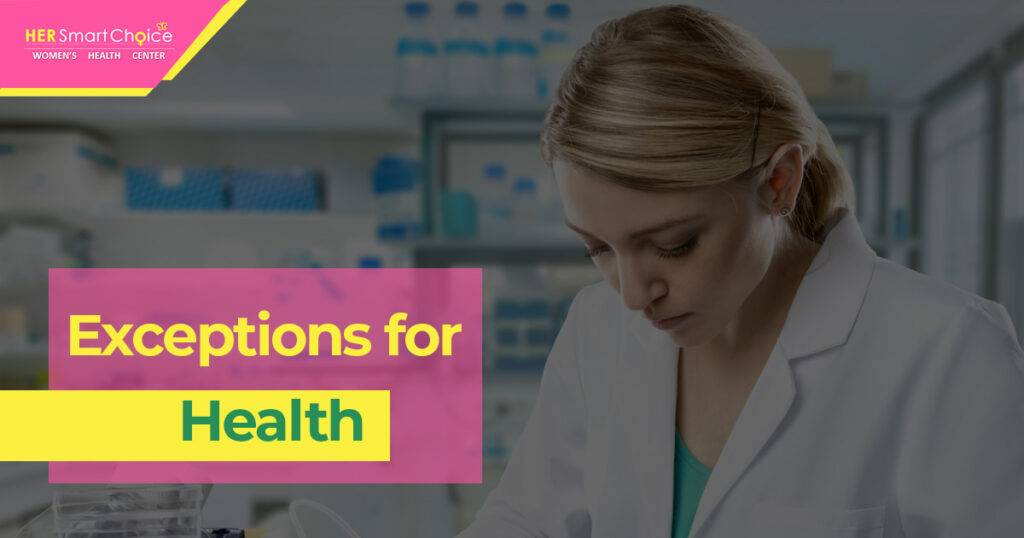Separating Fact from Fiction: Debunking Breast Cancer Myths Related to Abortion
Breast cancer is a prevalent health concern, and discussions around its causes often spark debates and misinformation. One topic that has been subject to myths and misconceptions is the alleged connection between abortion and an increased risk of breast cancer. Going forward, we’ll explore the scientific evidence, separate fact from fiction, and provide clarity on this controversial issue irrespective of whether you’re having surgical abortion or medical abortion in California.
History of the relationship between Breast Cancer and Abortion
As we delve deeper into the historical context surrounding the alleged link between abortion and an increased risk of breast cancer, it’s essential to understand how this myth originated and gained traction. In the late 20th century, early studies tentatively suggested a possible correlation, giving rise to concerns that persist in certain circles today. However, these initial findings were often sensationalized, leading to the dissemination of misinformation.
The landscape of scientific research has evolved significantly since then, prompting a reevaluation of the methodologies used in these early studies. It’s crucial to recognize the need for a nuanced perspective that goes beyond sensationalism, allowing us to reassess the validity of claims made in the past.
What does the Scientific Perspective say?
 Numerous reputable scientific organizations, including the American Cancer Society and the World Health Organization, have conducted extensive reviews of the existing research. The consensus among these organizations is that there is no definitive evidence supporting a causal link between induced abortion and an increased risk of breast cancer. Thus, you can visit any walk-in abortion clinic or take medical abortion pills without fearing the risk of breast cancer.
Numerous reputable scientific organizations, including the American Cancer Society and the World Health Organization, have conducted extensive reviews of the existing research. The consensus among these organizations is that there is no definitive evidence supporting a causal link between induced abortion and an increased risk of breast cancer. Thus, you can visit any walk-in abortion clinic or take medical abortion pills without fearing the risk of breast cancer.
Understanding the hormonal changes that occur during pregnancy
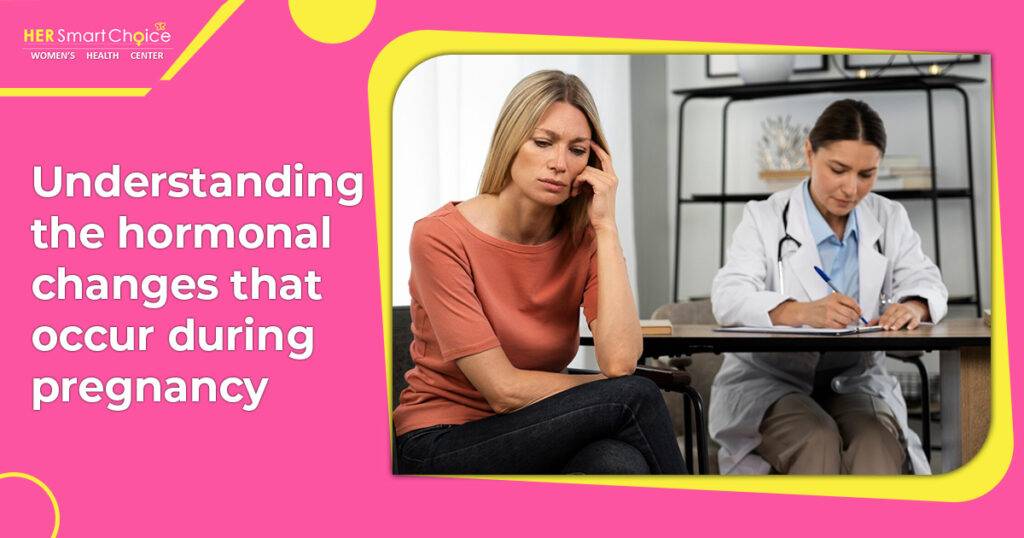 To understand the lack of a conclusive link between abortion and breast cancer, it’s crucial to delve into the hormonal changes that occur during pregnancy. The dynamic fluctuations in hormone levels, specifically the increase in estrogen and progesterone during pregnancy, play a protective role against breast cancer.
To understand the lack of a conclusive link between abortion and breast cancer, it’s crucial to delve into the hormonal changes that occur during pregnancy. The dynamic fluctuations in hormone levels, specifically the increase in estrogen and progesterone during pregnancy, play a protective role against breast cancer.
These hormonal changes contribute to the differentiation of breast cells, making them less susceptible to cancer development. This protective effect is not limited to full-term pregnancies but extends to any completed pregnancy, including those ending in abortion. Thus, the prevailing scientific consensus suggests that the protective benefits of pregnancy hormones likely outweigh any potential short-term increase in breast cancer risk associated with the hormonal changes following an abortion.
Who can help in addressing your concerns?
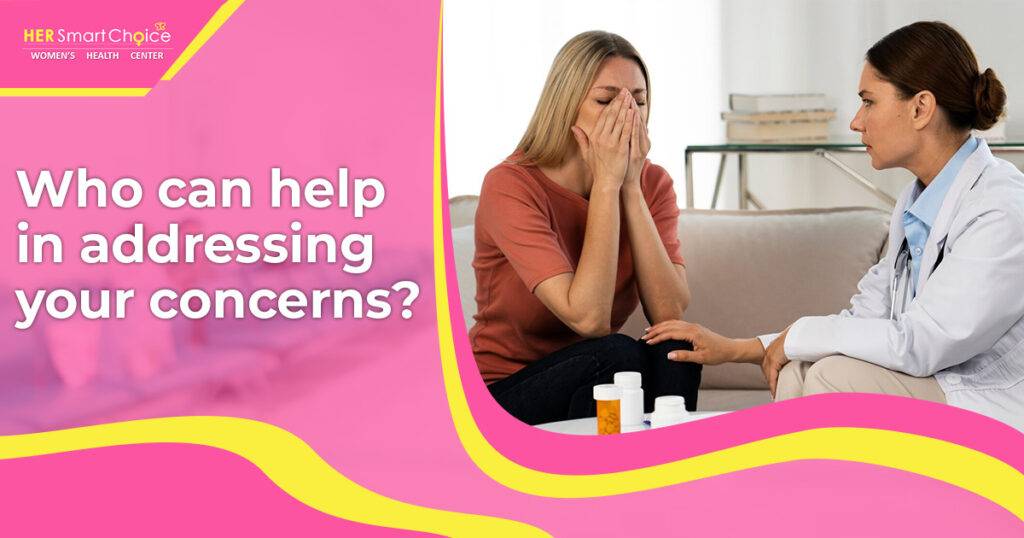 Addressing concerns about sensitive topics like abortion and breast cancer requires a supportive and informed approach. Healthcare providers play a pivotal role in this process by offering evidence-based information and fostering open communication. Encouraging regular breast health check-ups, and screenings, and promoting a healthy lifestyle remain paramount in reducing overall breast cancer risk.
Addressing concerns about sensitive topics like abortion and breast cancer requires a supportive and informed approach. Healthcare providers play a pivotal role in this process by offering evidence-based information and fostering open communication. Encouraging regular breast health check-ups, and screenings, and promoting a healthy lifestyle remain paramount in reducing overall breast cancer risk.
You can discuss your concerns openly with healthcare professionals. This open dialogue will not only help in dispelling myths but also ensure that you receive accurate information tailored to your specific health needs and circumstances.
Wrapping Up:
Separating fact from fiction is imperative in promoting informed decision-making and dispelling myths that can cause unnecessary fear. On the topic of abortion and breast cancer, the prevailing scientific evidence consistently rejects the existence of a causal link. To get a better understanding and rid yourself of any doubts, you can either visit a walk-in abortion clinic or consult any telehealth abortion services.
By focusing on credible research and fostering open conversations, we can contribute to a clearer understanding of breast cancer risk factors and empower individuals to prioritize their health based on accurate information.


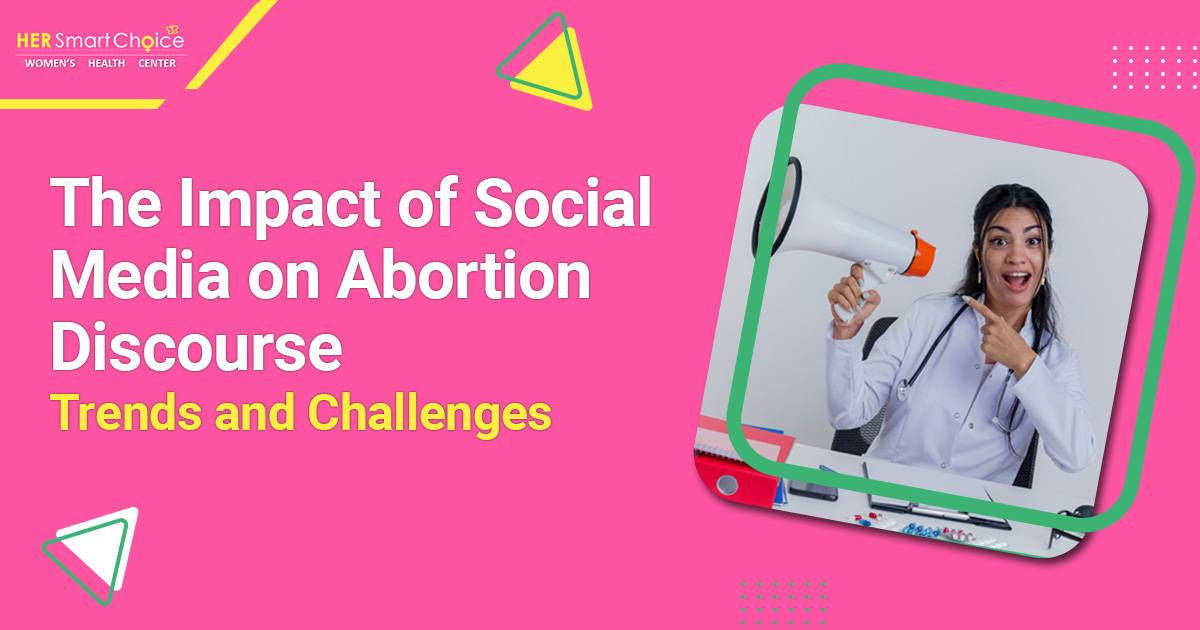

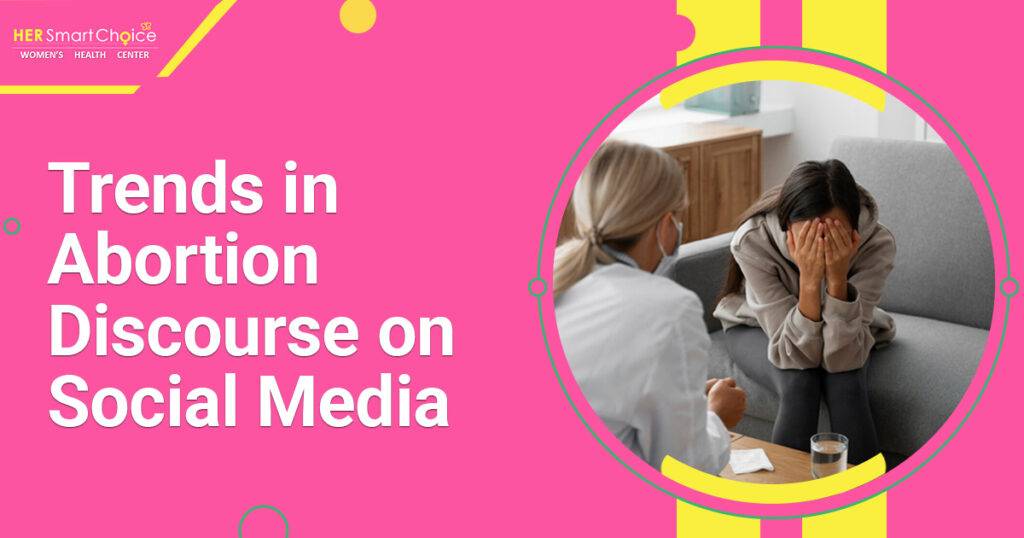
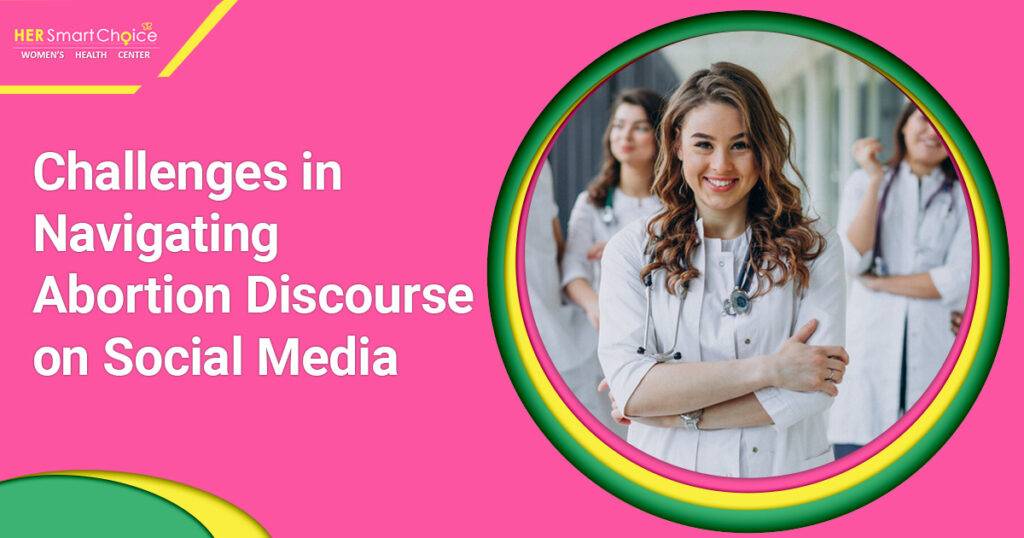 Social media has transformed the landscape of abortion clinic discourse, presenting both opportunities and challenges. It has the power to amplify diverse voices, provide access to information, build supportive communities, and mobilize activism. However, it also contributes to polarization, the spread of misinformation, online harassment, and stigmatization. Navigating abortion discourse on social media requires a collective effort to foster respectful dialogue, combat misinformation, bridge ideological divides, and ensure the safety and privacy of users.
Social media has transformed the landscape of abortion clinic discourse, presenting both opportunities and challenges. It has the power to amplify diverse voices, provide access to information, build supportive communities, and mobilize activism. However, it also contributes to polarization, the spread of misinformation, online harassment, and stigmatization. Navigating abortion discourse on social media requires a collective effort to foster respectful dialogue, combat misinformation, bridge ideological divides, and ensure the safety and privacy of users.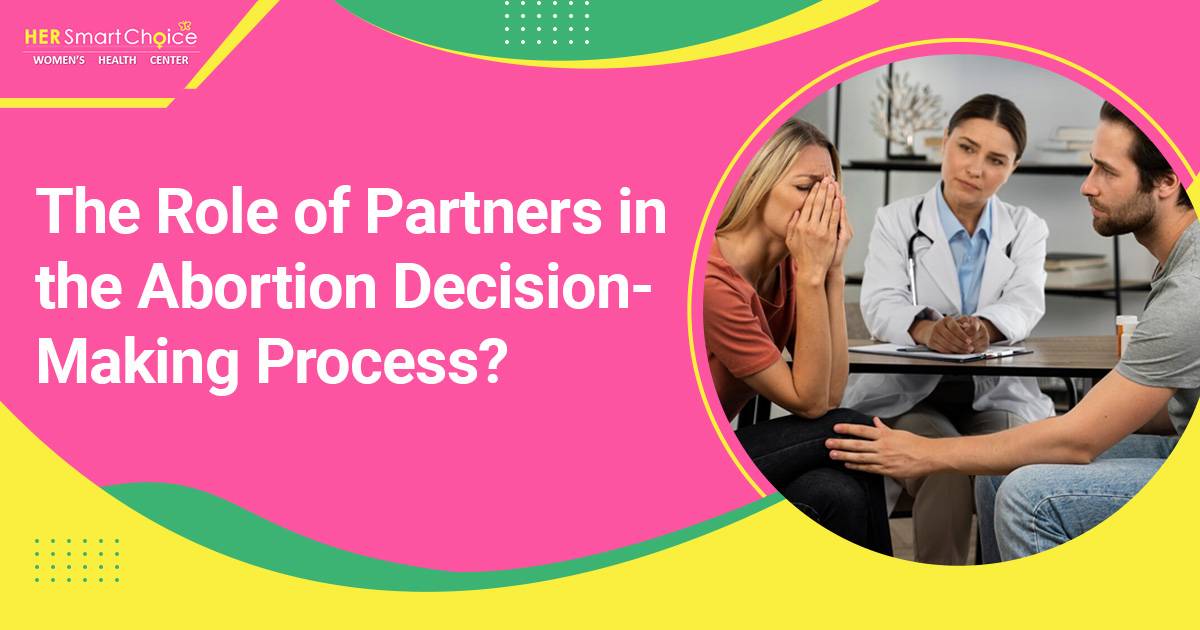
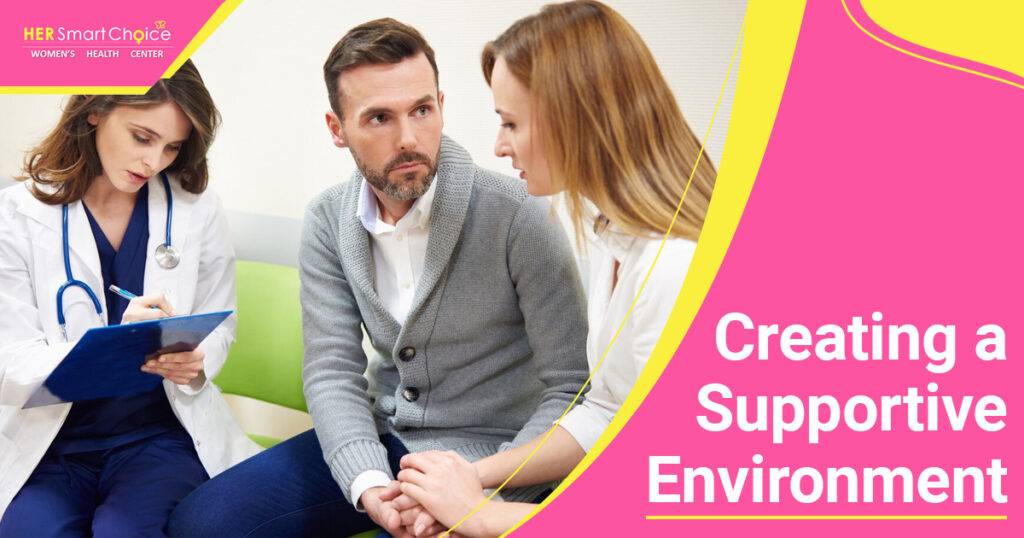 Partners play a vital role in establishing a supportive and non-judgmental environment for the individual facing the decision. Offering emotional support and reassurance fosters an atmosphere where open communication can flourish.
Partners play a vital role in establishing a supportive and non-judgmental environment for the individual facing the decision. Offering emotional support and reassurance fosters an atmosphere where open communication can flourish. Partners should collaboratively explore the potential impacts of the decision on future plans, considering factors such as family goals, career aspirations, and relationship dynamics. This collaborative approach ensures that the decision aligns with both individuals’ long-term objectives.
Partners should collaboratively explore the potential impacts of the decision on future plans, considering factors such as family goals, career aspirations, and relationship dynamics. This collaborative approach ensures that the decision aligns with both individuals’ long-term objectives.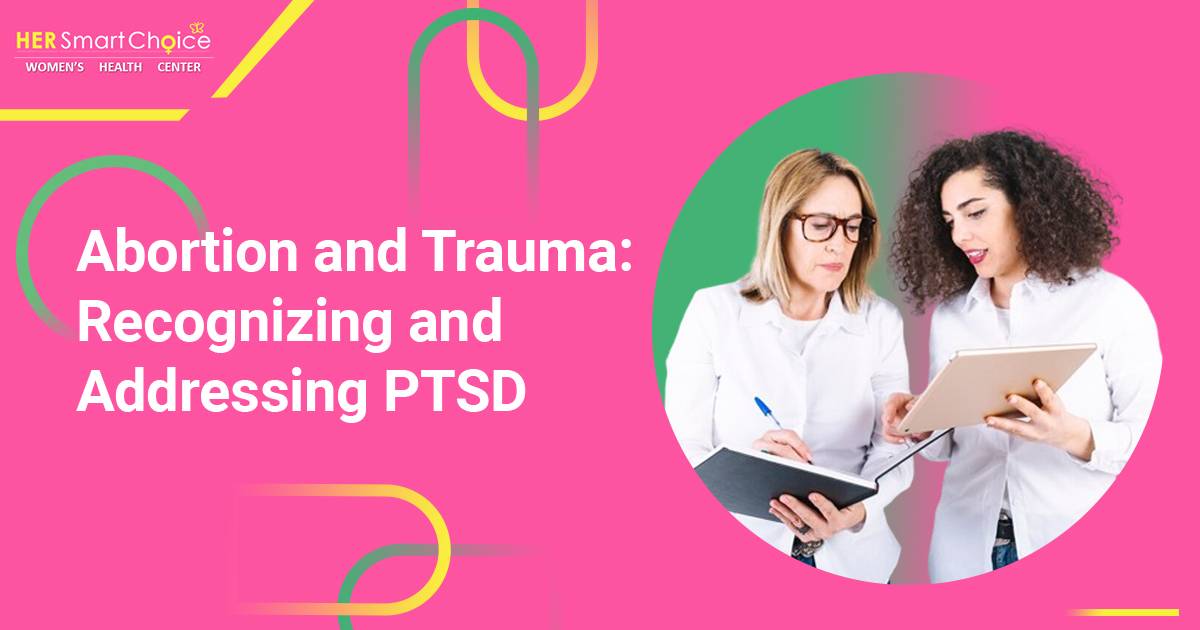

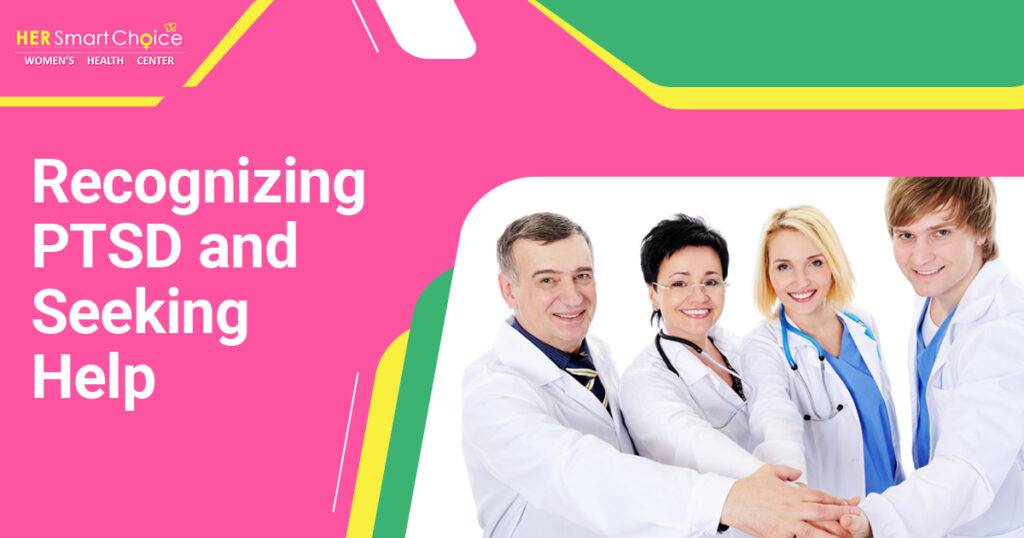 If you or someone you know is experiencing symptoms of PTSD following an abortion, it is important to seek professional help. Recognizing the signs of PTSD and understanding its potential connection to abortion can be the first step toward healing and recovery.
If you or someone you know is experiencing symptoms of PTSD following an abortion, it is important to seek professional help. Recognizing the signs of PTSD and understanding its potential connection to abortion can be the first step toward healing and recovery.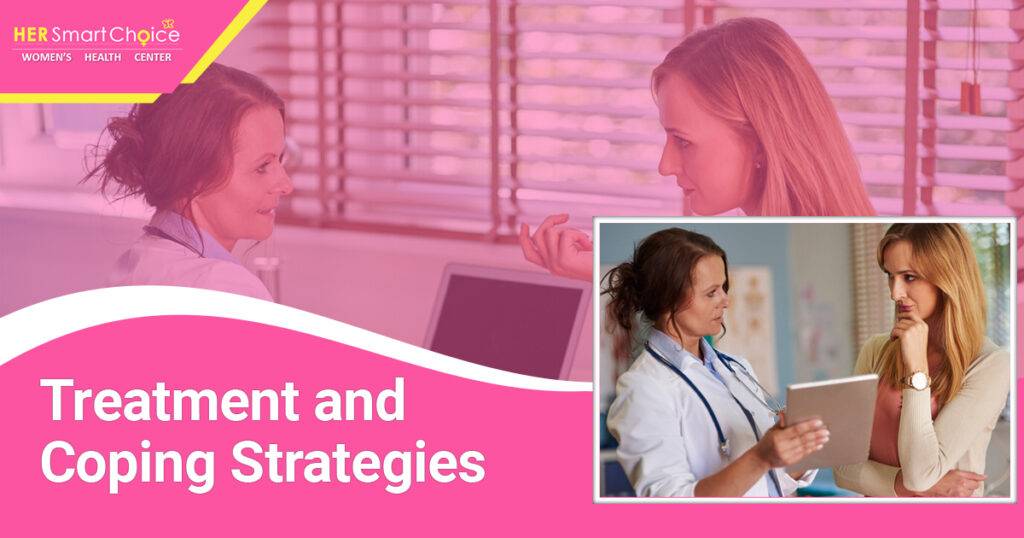
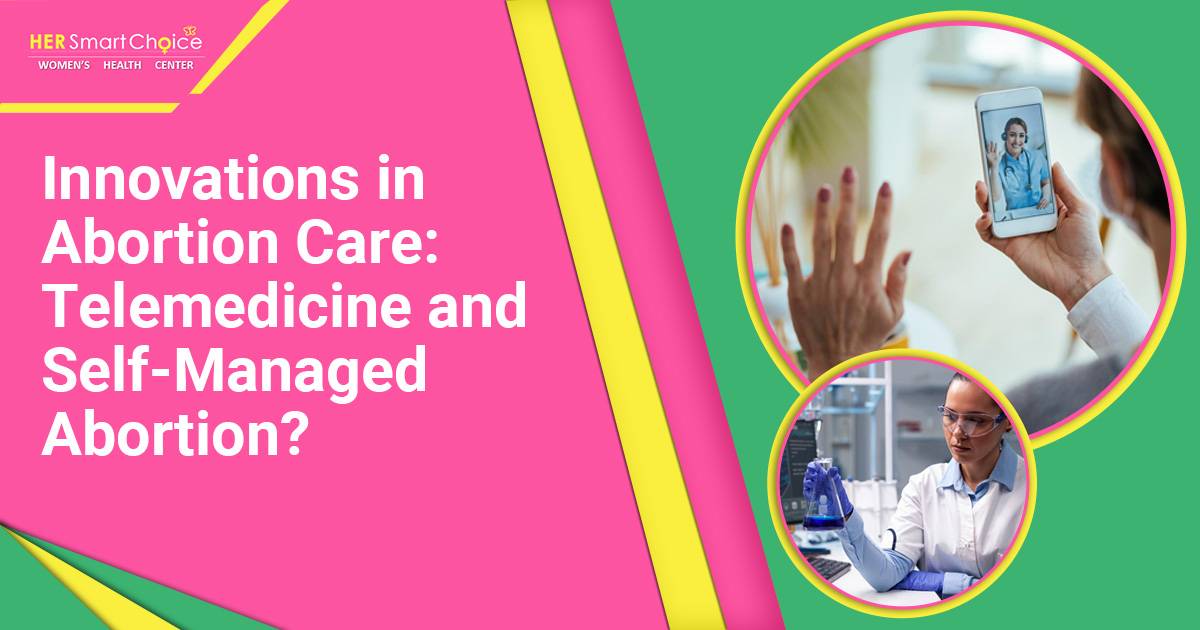
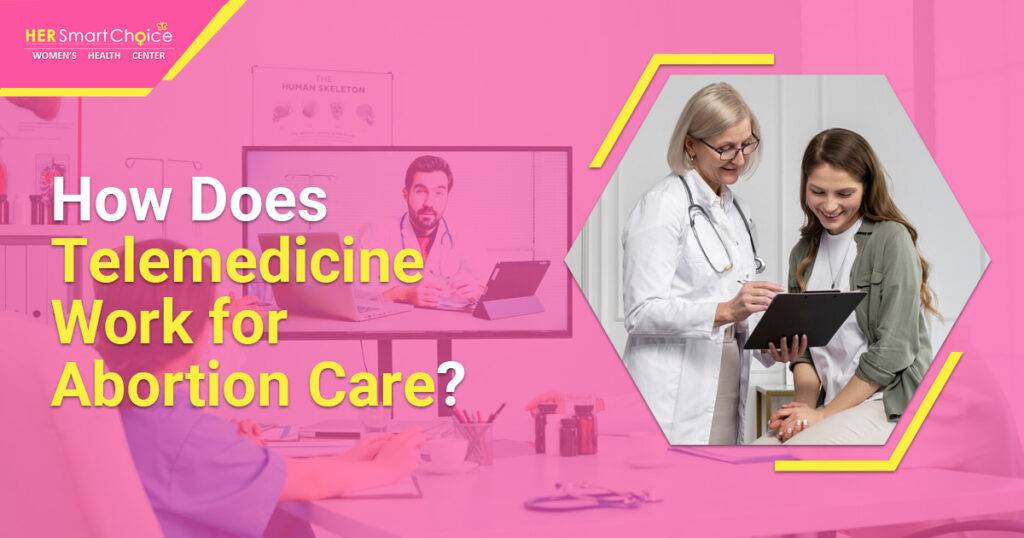
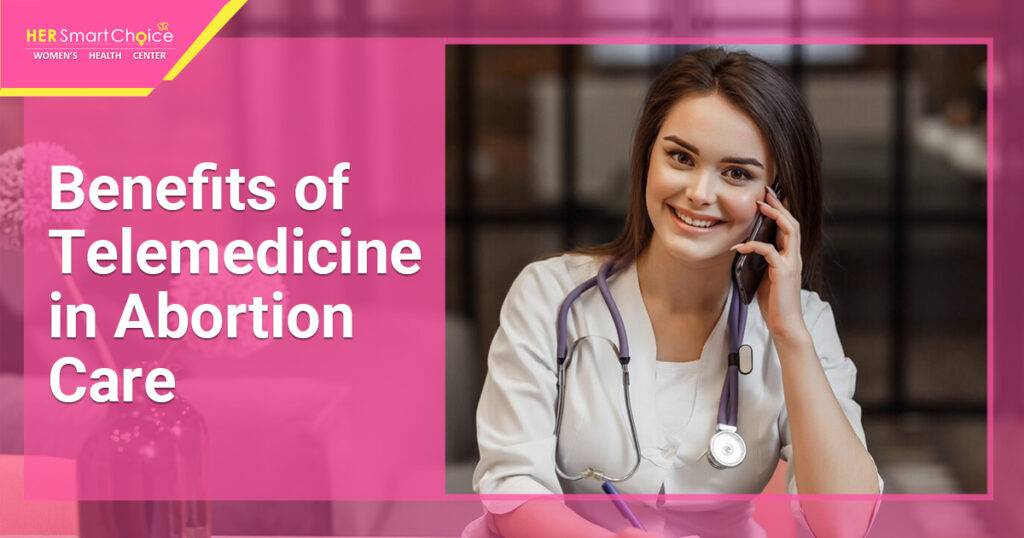
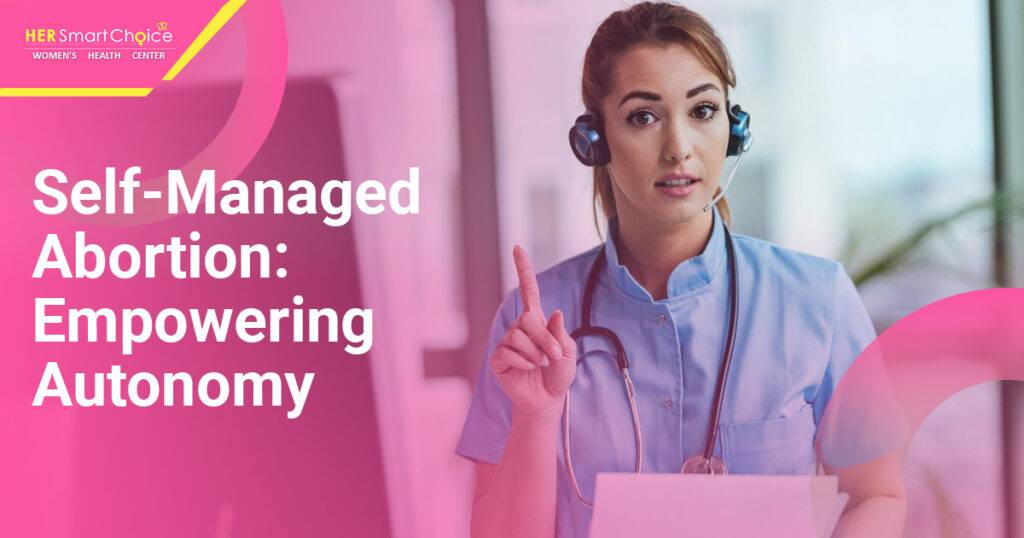
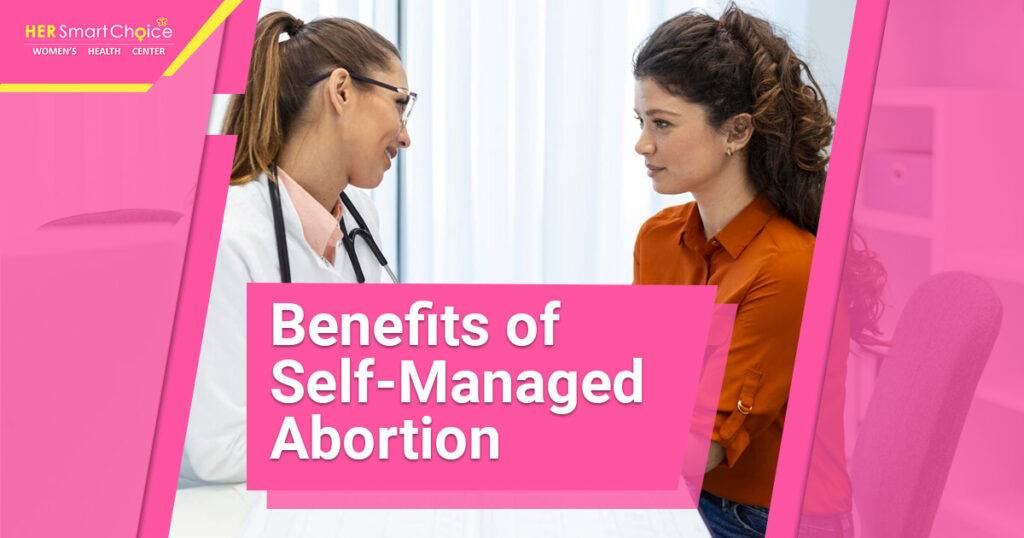
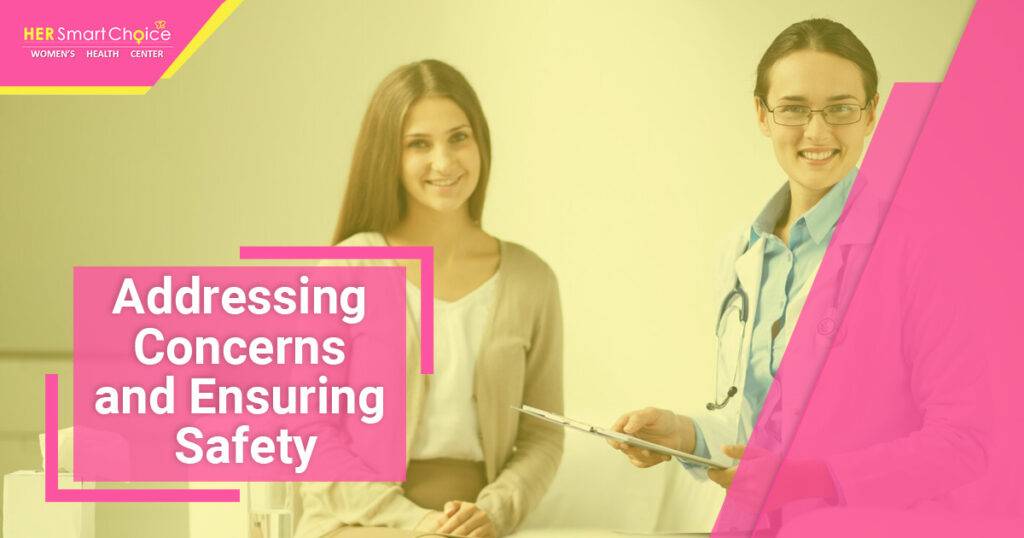
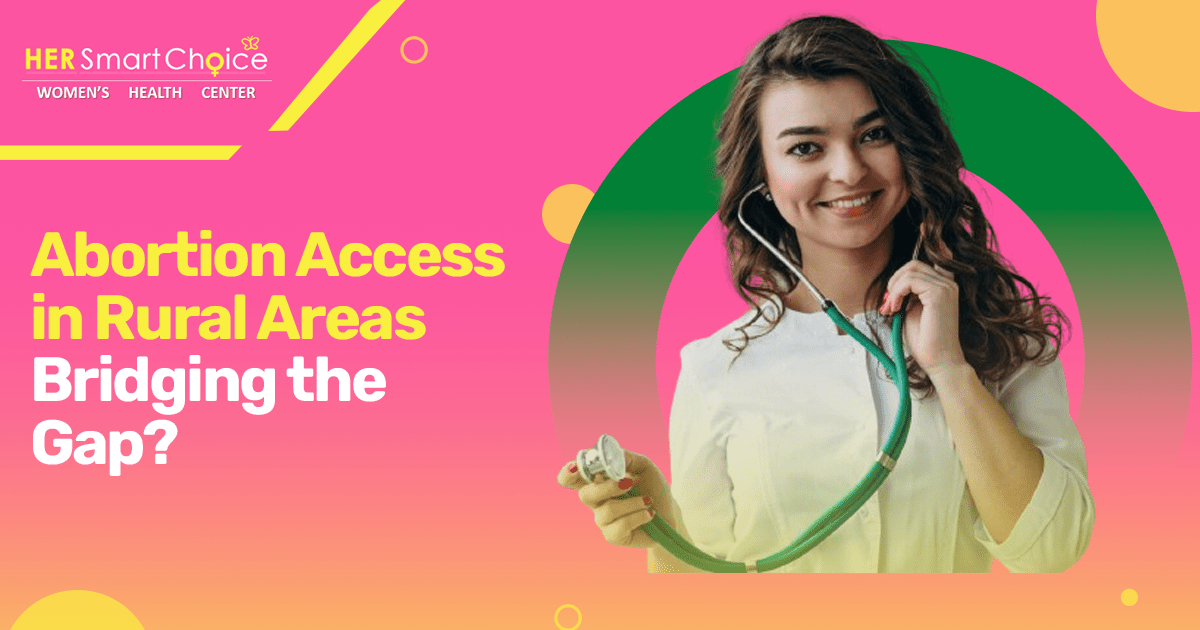
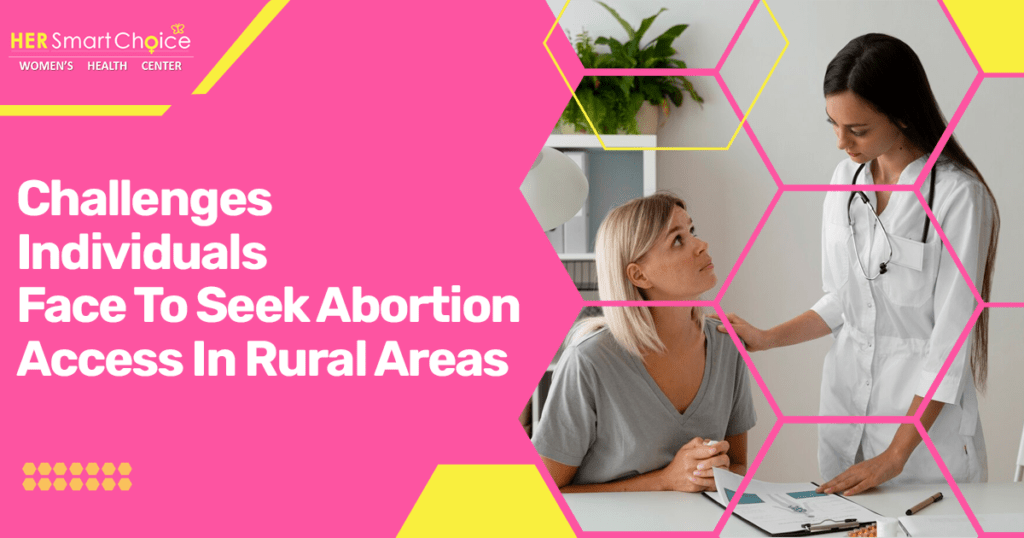
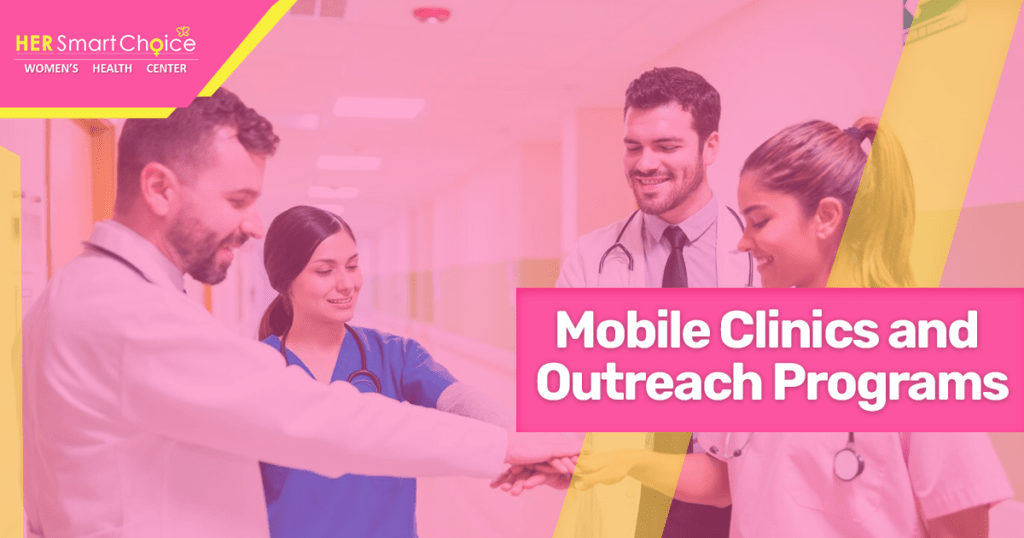 Mobile clinics and outreach programs specifically designed to bring reproductive healthcare, including abortion services, to rural areas have proven effective in increasing access. These clinics travel to underserved regions, providing comprehensive care, counseling, and information about reproductive health. Mobile clinics help minimize the distance individuals must travel, making abortion services more accessible and reducing financial and logistical barriers.
Mobile clinics and outreach programs specifically designed to bring reproductive healthcare, including abortion services, to rural areas have proven effective in increasing access. These clinics travel to underserved regions, providing comprehensive care, counseling, and information about reproductive health. Mobile clinics help minimize the distance individuals must travel, making abortion services more accessible and reducing financial and logistical barriers.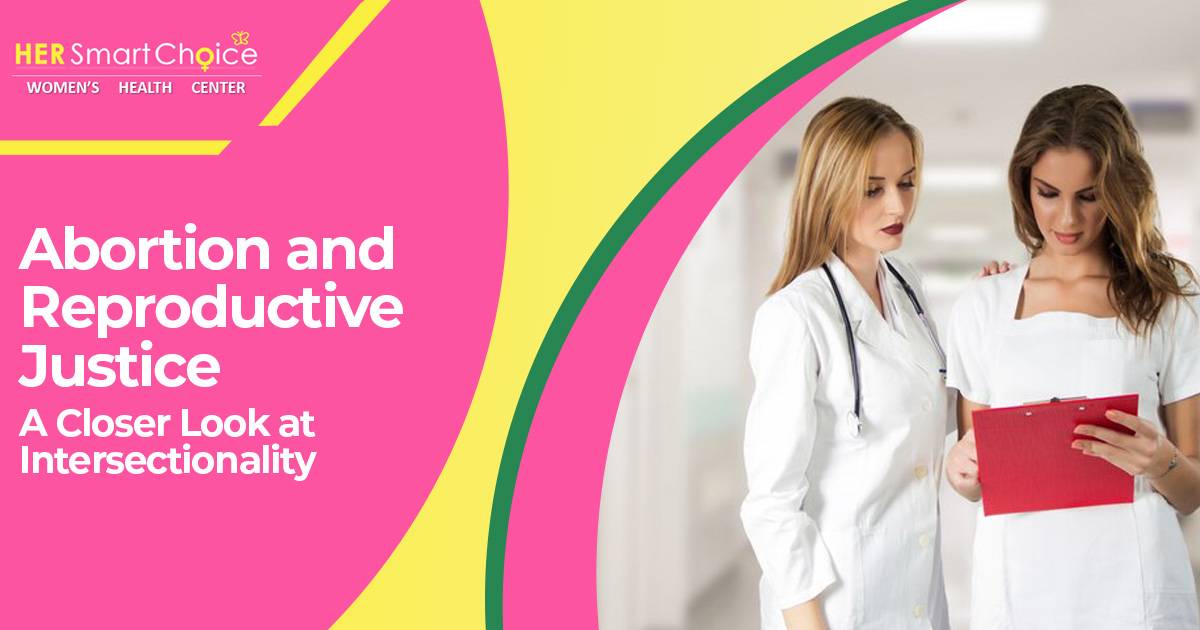
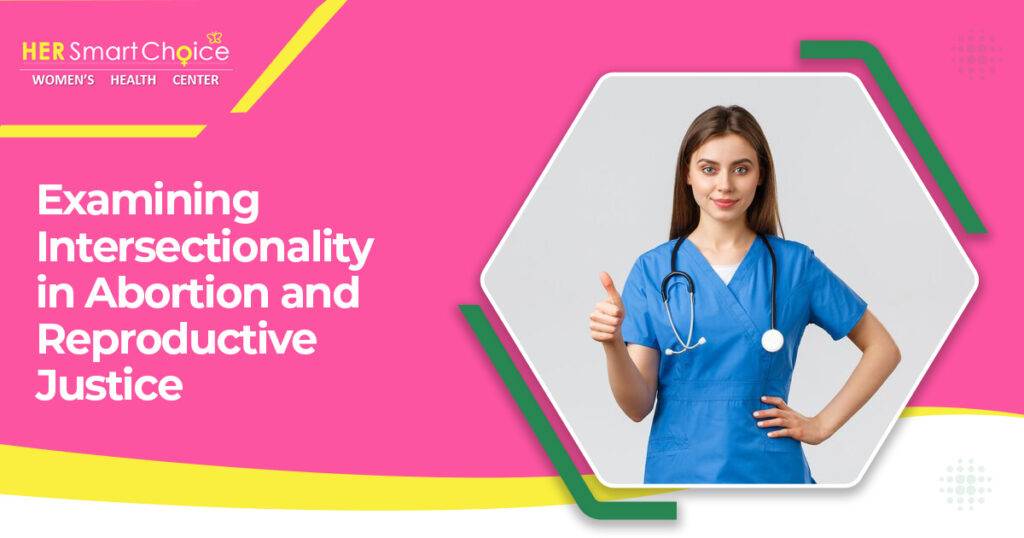
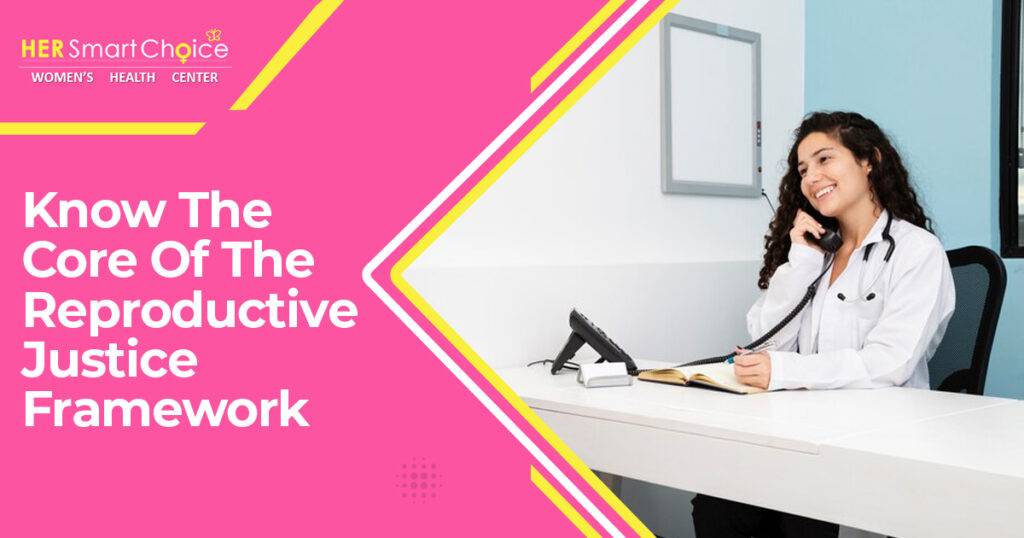
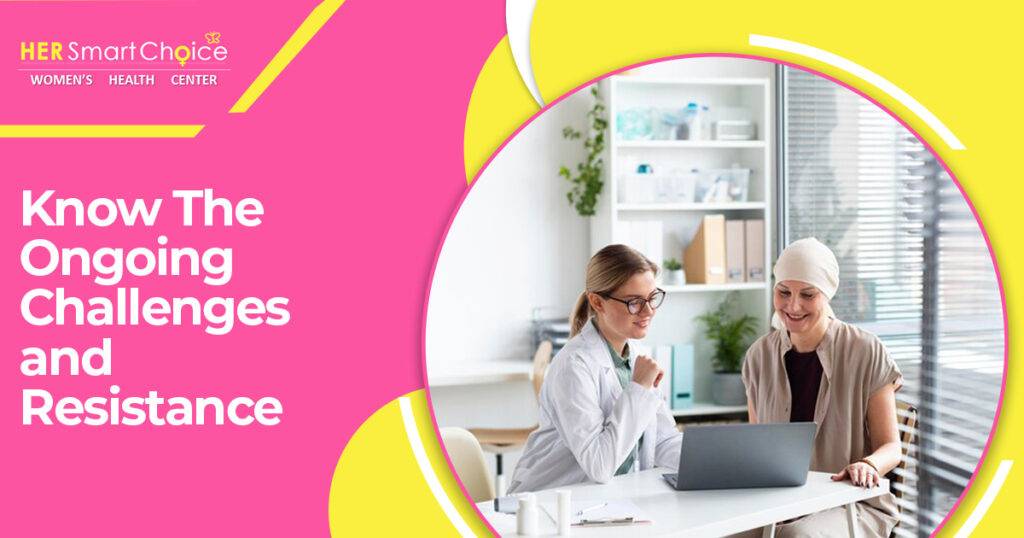
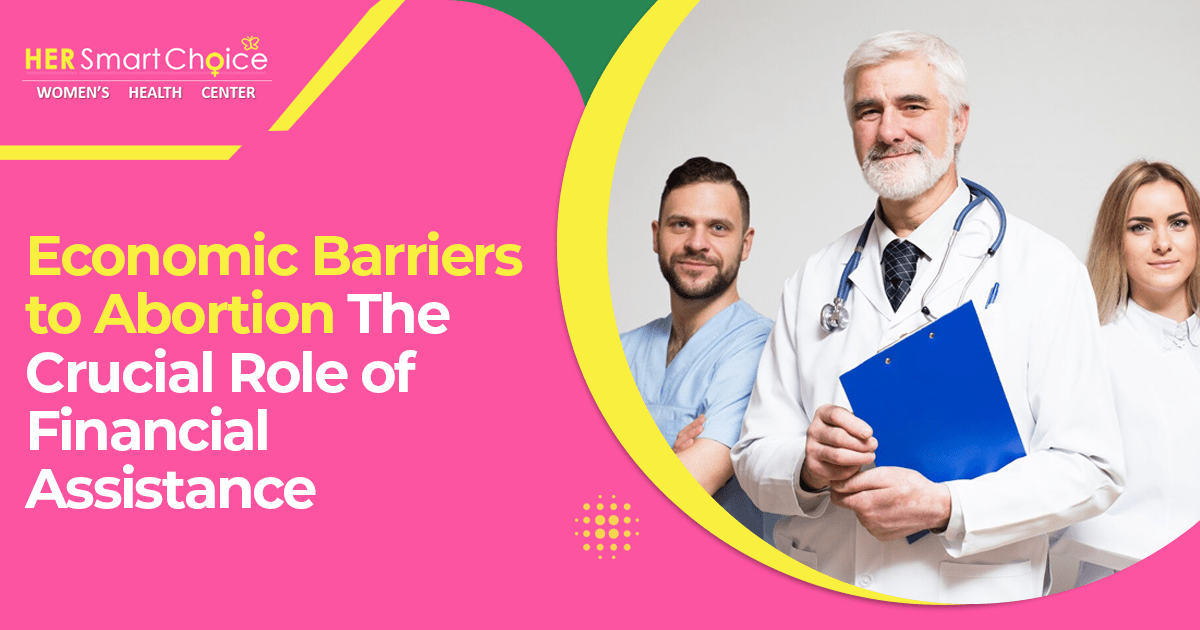
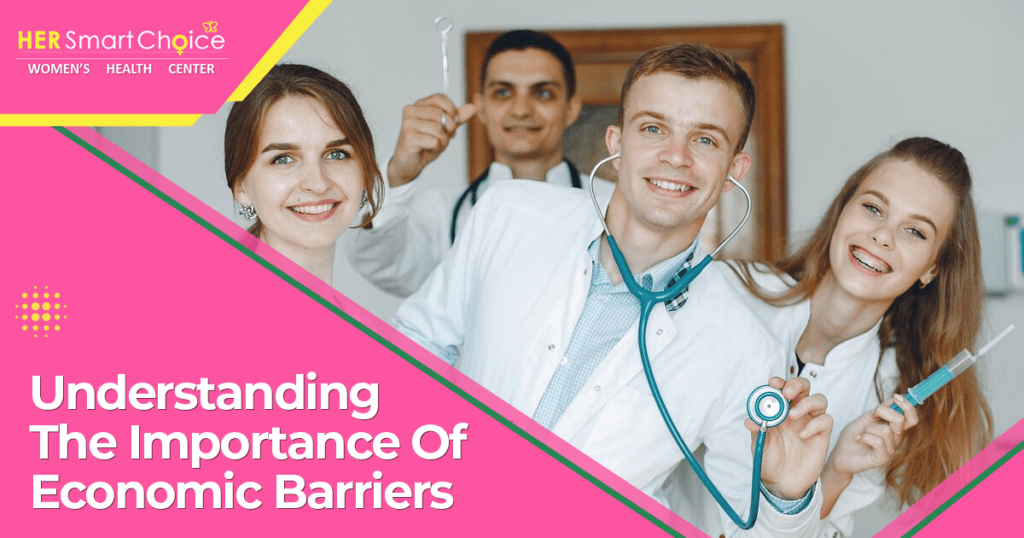
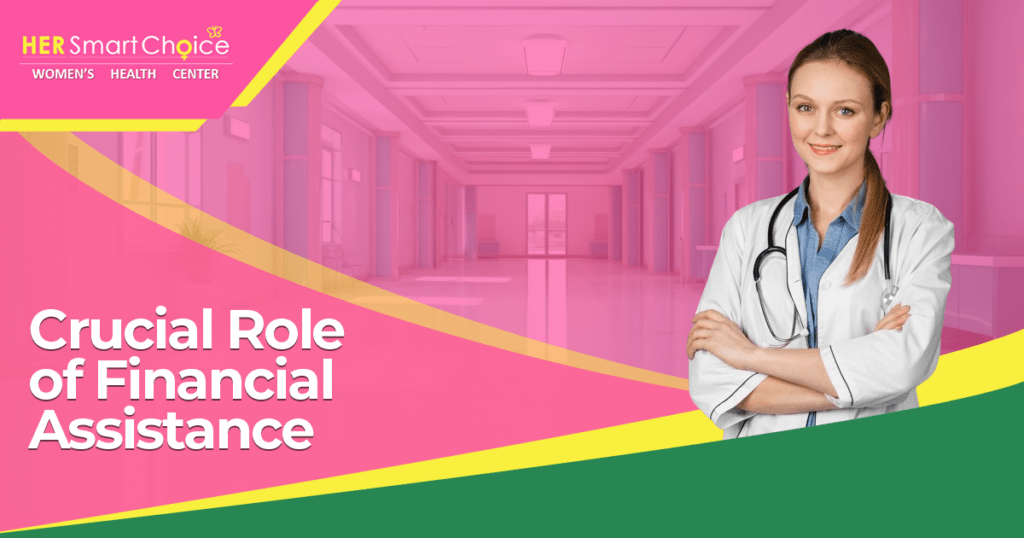
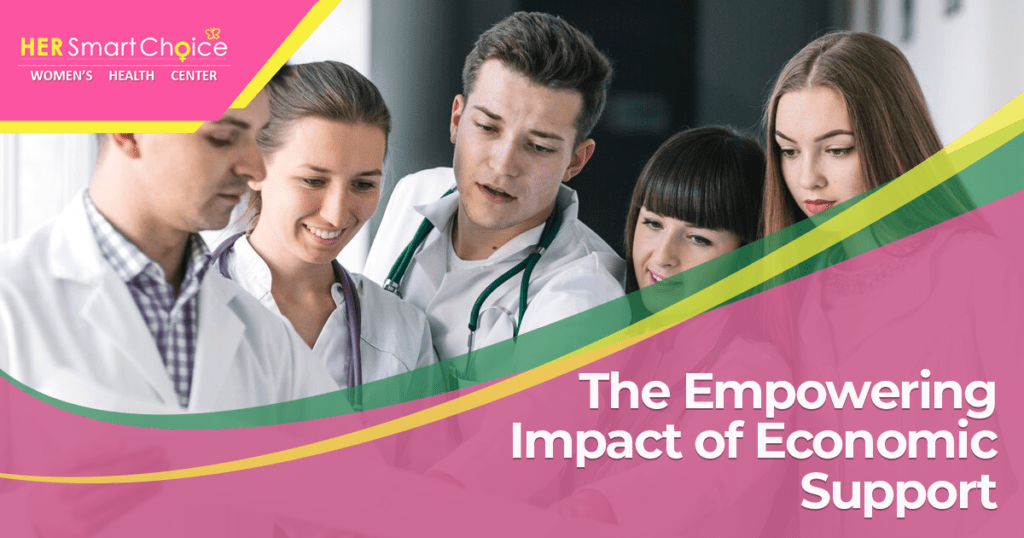
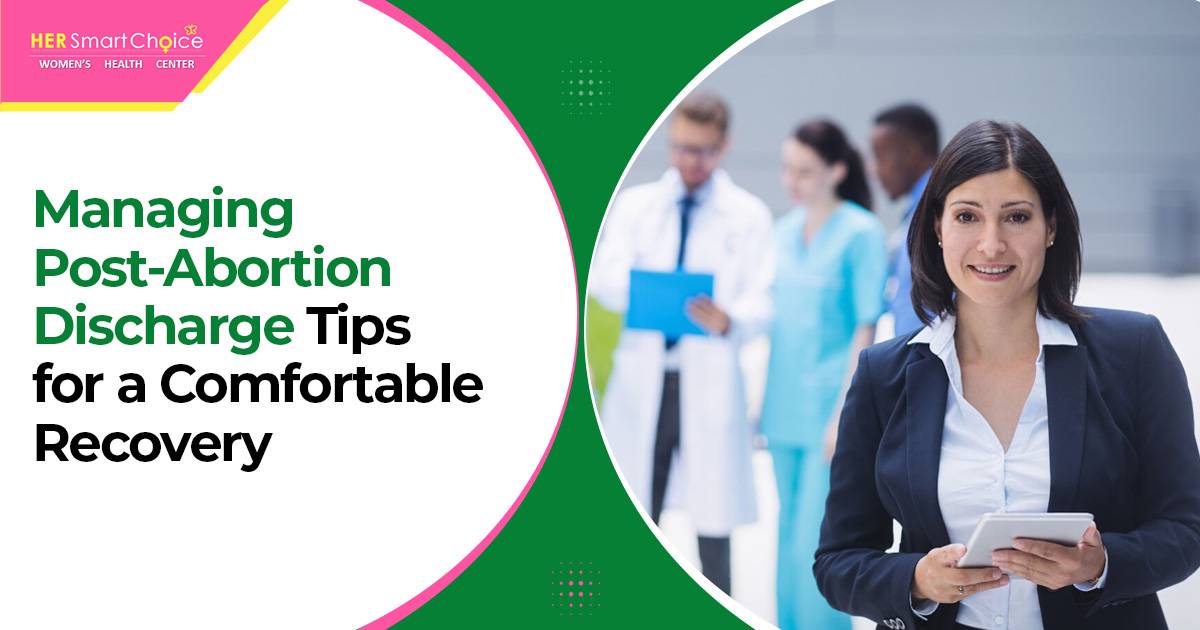
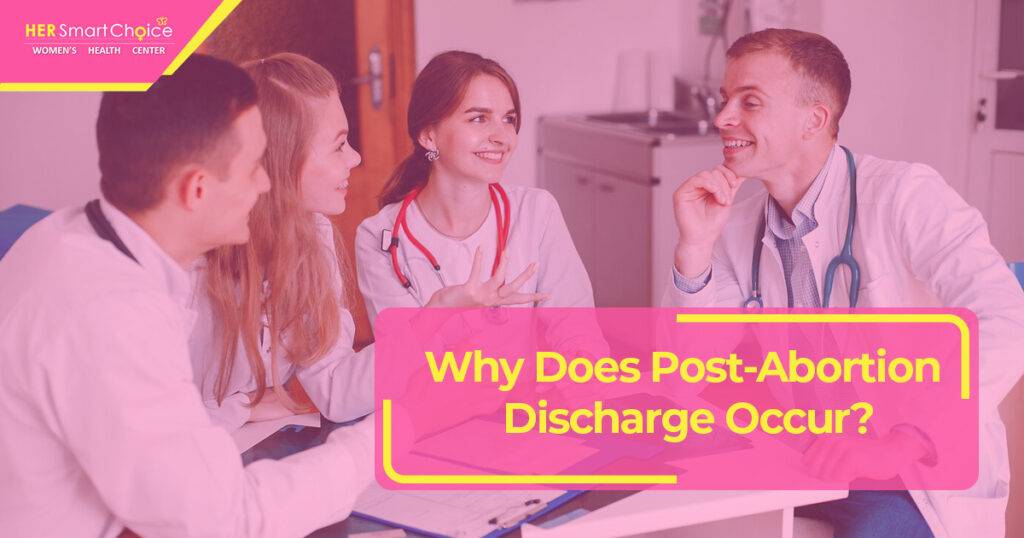
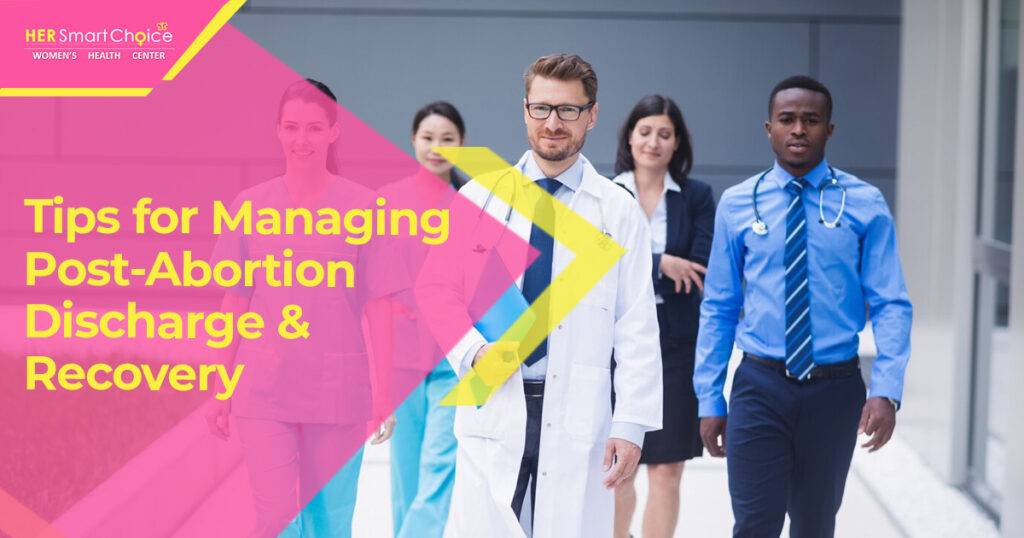
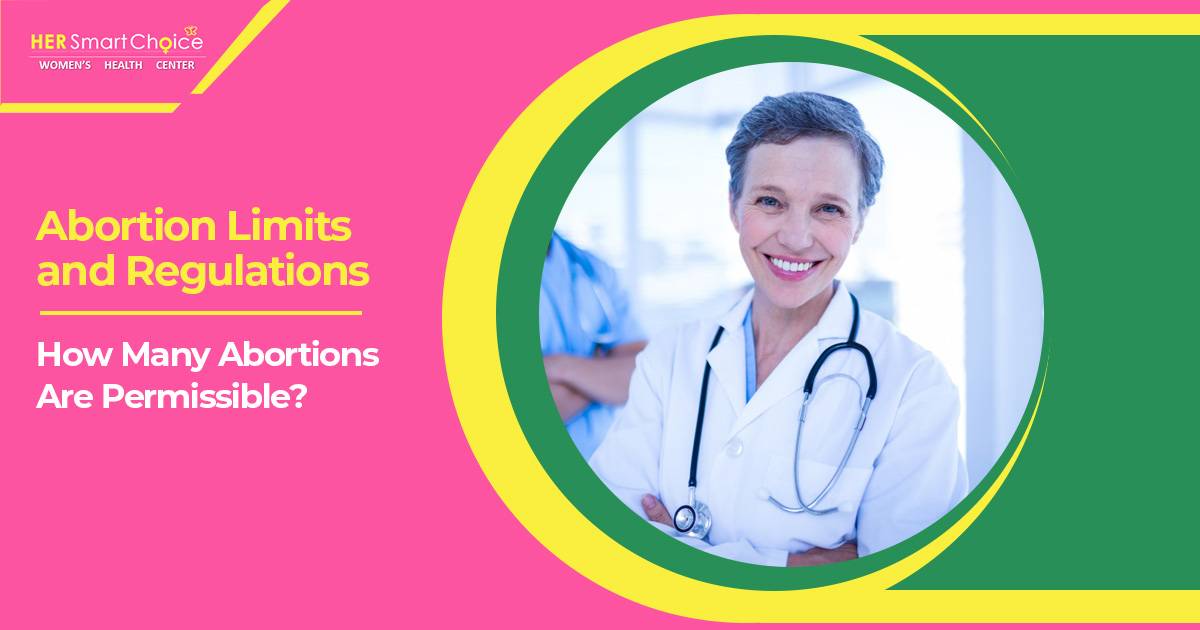
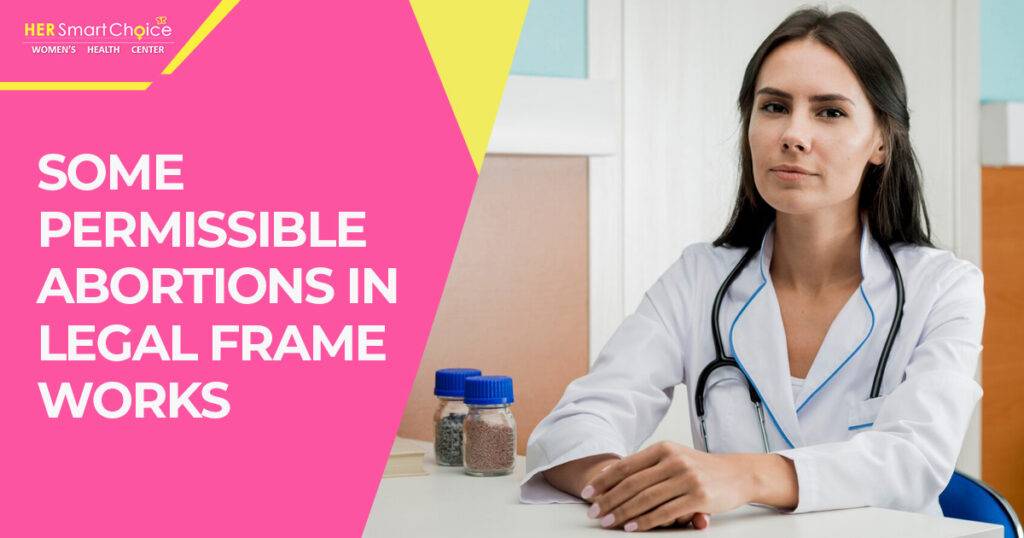 Diverse factors, including cultural, religious, and political influences shape abortion laws. Some regions have more liberal laws prioritizing women’s autonomy, while others impose stricter regulations, impacting the permissible choices available.
Diverse factors, including cultural, religious, and political influences shape abortion laws. Some regions have more liberal laws prioritizing women’s autonomy, while others impose stricter regulations, impacting the permissible choices available.